How the Best Get Better
We make the world's best recovery system
for the world's best athletes.
How the Best Get Better
We make the world's best recovery system for the world's best athletes.
GET YOURS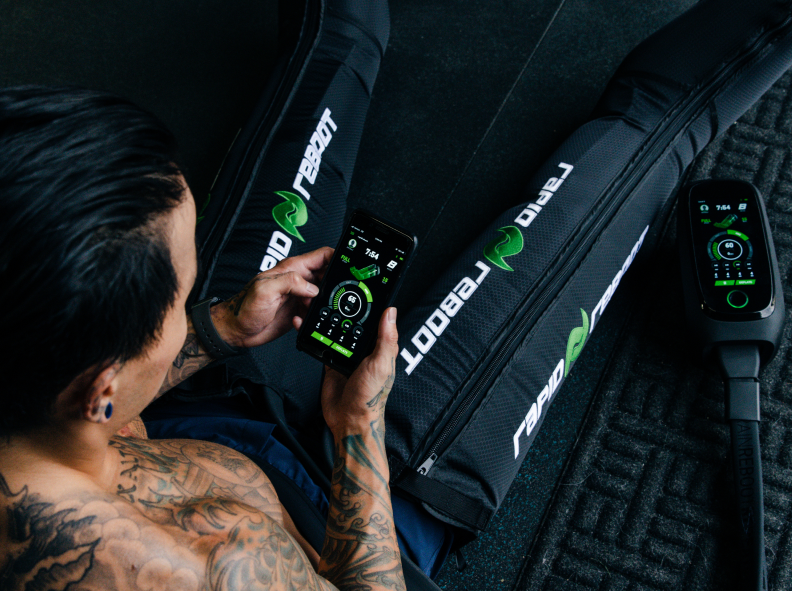
Serious athletes take recovery seriously
You invest countless hours putting your body through the most grueling workouts imaginable.
Training is hard... Recovery shouldn’t be
Make your workouts count by investing in your recovery.
With Rapid Reboot we make it easy to recover anywhere, anytime.
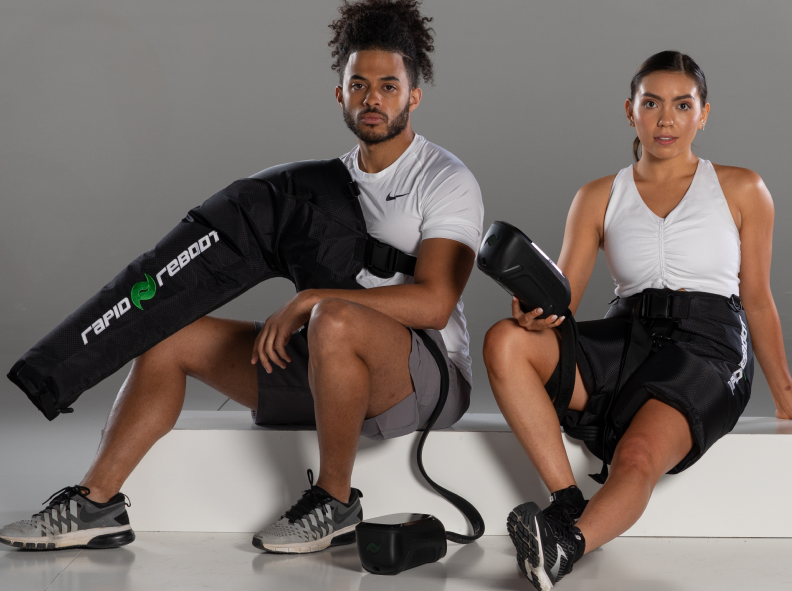
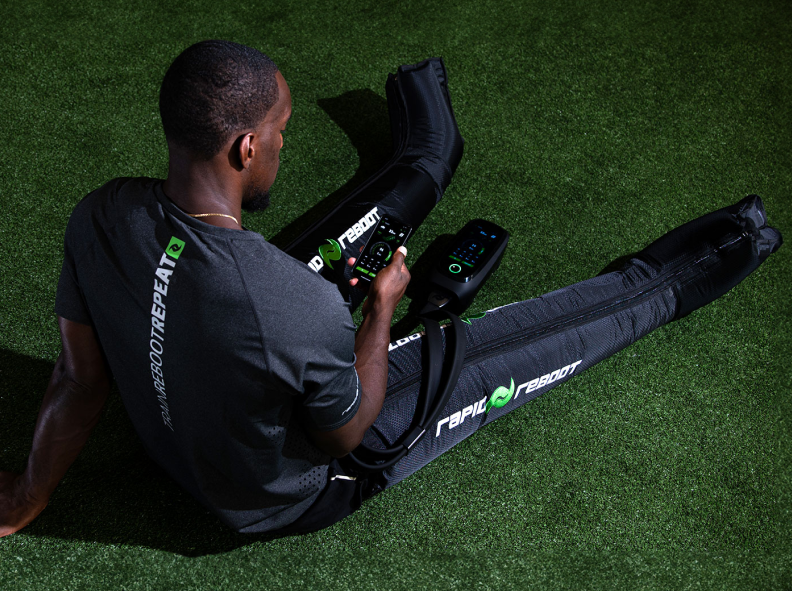
Reach your athletic potential
Elite competitors strive to gain an advantage, and so does their competition. Those who want to rise above the rest optimize their recovery with Rapid Reboot.
Not only will your body heal quicker, but your next workout will be on fresh legs.
Those in the Know, Know



Backed by
Science
- Improve blood flow
- Enhance lymphatic function
- Mitigate muscle fatigue
- Reduce pain and soreness
- Increase flexibility and range of motion
- Maximize muscle performance
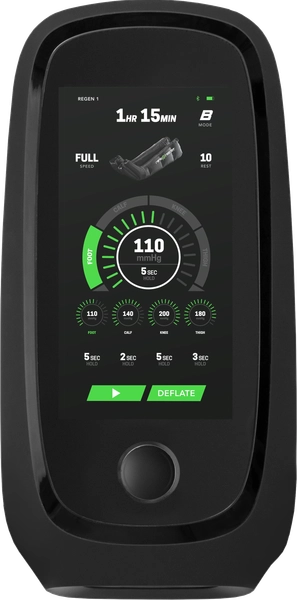
Featured By





REGEN Boots Package
$1295 (Bundle saves $180)
Engineered to revolve around our best-in-class REGEN unit, the Boots pack is designed for individuals prioritizing their recovery and aiming for peak performance in record time.
Features
- 4 Massage Patterns
- 20 Compression Levels
- Multiple Time Settings
- International Voltage
- 3 Hour Battery Life + Rapid Charge
- HD Touchscreen
- Pro App Compatible
- Travel Ready
Specs
- REGEN Control Unit
- Dimensions: 5 x 4.5 x 9.5 inches | 12.7 x 11.4 x 24.1 cm
- Weight: 4.4 lbs | 2.0 kgs
- Input: 100V-240V 50-60Hz (use only Model SP-PC-1)
- Output: 19V 3.42A
- Boots Attachment
- Weight: 4 – 5 lbs | 1.8 – 2.3 kgs (depending on size)
Loved By Thousands of Satisfied Customers
Andrew B Ettinger
Our Partners
Our team speaks for itself with some of the world’s most elite athletes, athletic trainers, and doctors who are taking human health and performance to the next level.



